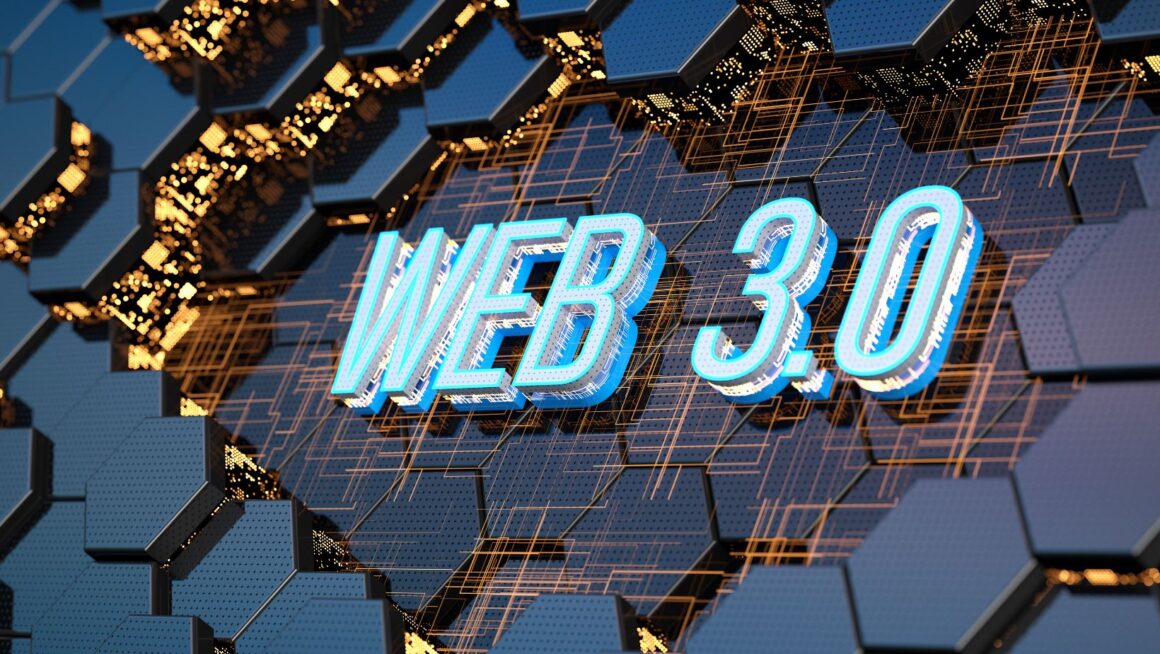Web3 moves fast. Attention shifts without warning. New projects compete with fresh launches, market stories, security worries, and constant noise. The right influencers help investors and users filter that noise. This guide shows who Web3 influencers are, how they operate, and how to hire them with clear goals, tight controls, and measurable returns.
Who are Web3 influencers and what do they do
A Web3 influencer is a creator who earns trust within crypto communities and leverages that trust to help people understand products, protocols, and the culture. They do more than post announcements. They interpret roadmaps, test products, and rally communities around missions that matter. Common archetypes include:
- Thought leaders and founders set narratives, frame debates, and open doors to partnerships.
- Developer educators and auditors explain contracts, SDKs, and security patterns so builders can ship.
- Analysts and on-chain researchers transform data into actionable insights that inform users and teams.
- NFT artists, creators, and curators shape taste, highlight drops, and keep culture vibrant.
- Gaming streamers and guild leaders mobilize players, test economies, and organize events.
- Community operators and alpha callers nurture groups, host AMAs, and share opportunities.
- Regional and language-local influencers unlock growth in specific countries and scenes.
Where they publish
Web3 influencers operate across multiple platforms, each with a distinct purpose. Twitter and Instagram spark quick discovery and keep news moving. YouTube supports deep walkthroughs and long-form guides. Telegram and Discord facilitate daily conversations, enabling teams to support users in real-time. Farcaster and Lens reward steady participation inside native social networks.
Creators match content to each channel. Expect threads, explainers, reviews, AMAs, live streams, tutorials, audits, and governance walkthroughs. They close the loop by moderating communities, onboarding newcomers, and gathering feedback.
Why influencer marketing matters in Web3
Aside from building a digital footprint on your behalf, influencers provide credibility in a pseudonymous space where users cannot always verify claims. They create distribution when ad rails feel limited or overpriced. They also shape narratives at the speed of memes, which drives discovery, trial, and retention. With the right voices, you shift from cold promotion to community education. Here are other reasons why Web3 projects should consider hiring influencers:
- Ignite hype the right way: Thoughtful creators build anticipation before mints or launches. They often host countdown threads and live sessions to create shared moments with potential early adopters.
- Build durable communities: Influencers can bring users into Discord and Telegram with a clear onboarding path. For example, regional creators can translate key messages and host local meetups, which keeps growth healthy across time zones.
- Attract early adopters who stick: Influencers reach testers, builders, and power users who often provide quality feedback about the project. When you convert testnet users to mainnet users with an influencer’s help, you raise the odds of long-term retention.
- Attracts early adopters who set the pace: Crypto users follow trusted curators to find the next tool, game, or yield source. Early adopters bring feedback, liquidity, and content of their own, which helps the project iterate more quickly and achieve product-market fit.
- Accelerates feedback loops: Influencers surface UX gaps and priority bugs within hours. Fast responses in public build credibility and demonstrate that the team is listening, which increases the willingness to test new features.
- Creates bridges across ecosystems: Cross-chain or multi-platform influencers introduce projects to adjacent communities. These bridges matter when a protocol needs builders from one chain and users from another.
How to hire Web3 influencers
Start by defining a campaign brief, then set the ideal customer profile (ICP) so you know precisely who must see the content to move that metric; whether that is active traders, builders, gamers, NFT collectors, or DeFi farmers. Next, choose media formats that can actually be converted, rather than broadcasting to every channel. For example, commission a YouTube explainer video featuring an on-chain walkthrough or an integration demo that showcases real-world usage.
With formats in mind, thoroughly vet and select creators. Here are two ways to find credible influencers:
Through Web3 marketing agencies
A Web3 influencer marketing agency brings strategy, manages briefs, produces creatives, runs operations, and tracks progress. This saves coordination time and reduces risk when you need multiple creators simultaneously. Evaluate agencies by the depth of their crypto portfolio, the seniority of the account team, and their ability to link content to on-chain outcomes. Expect pricing that combines a retainer or campaign fee with pass-through creator costs, and sometimes includes performance bonuses.
Approaching influencers directly
Direct outreach gives you speed and cost control. Engage with the creator’s content for a few days, then send a concise pitch. State the user problem you solve, why their audience will care, and the request you have in mind.

Offer a demo environment or testnet access so they can form an honest view. Negotiate scope, deliverables, timeline, approvals, and payment terms before work begins. Confirm currency, invoicing, and any token components in writing to avoid surprises.
Finding and selecting the right influencers
Should you decide to hire an influencer to promote your crypto project, you should look past follower count. Track engagement rate over time and the ratio of meaningful comments to spam. Watch for organic discussion. Check whether the creator uses similar products with a public wallet. Ask for proof of measurable outcomes from past partnerships, such as wallet connects, mints, or quests completed. Run basic fraud checks by sampling comment histories to spot engagement pods. Use third-party tools to estimate fake followers. When creators claim on-chain results, they request links to dashboards or tagged transactions that back up the numbers.
Risks and how to avoid them
Hype without substance burns trust. Your team and partner influencer(s) must anchor attention to a clear user journey and a genuine product experience, so that excitement turns into action.
Another thing to note is that a short, misaligned partnership often creates churn. This is why we recommend multi-month relationships with rewards in the form of vested tokens and participation in governance, as they promote long-term thinking and incentivize influencers to channel all their energy into the campaign.
Finally, protect your spending with campaign audits and phased payments. Low-quality or inauthentic audiences waste budget.

